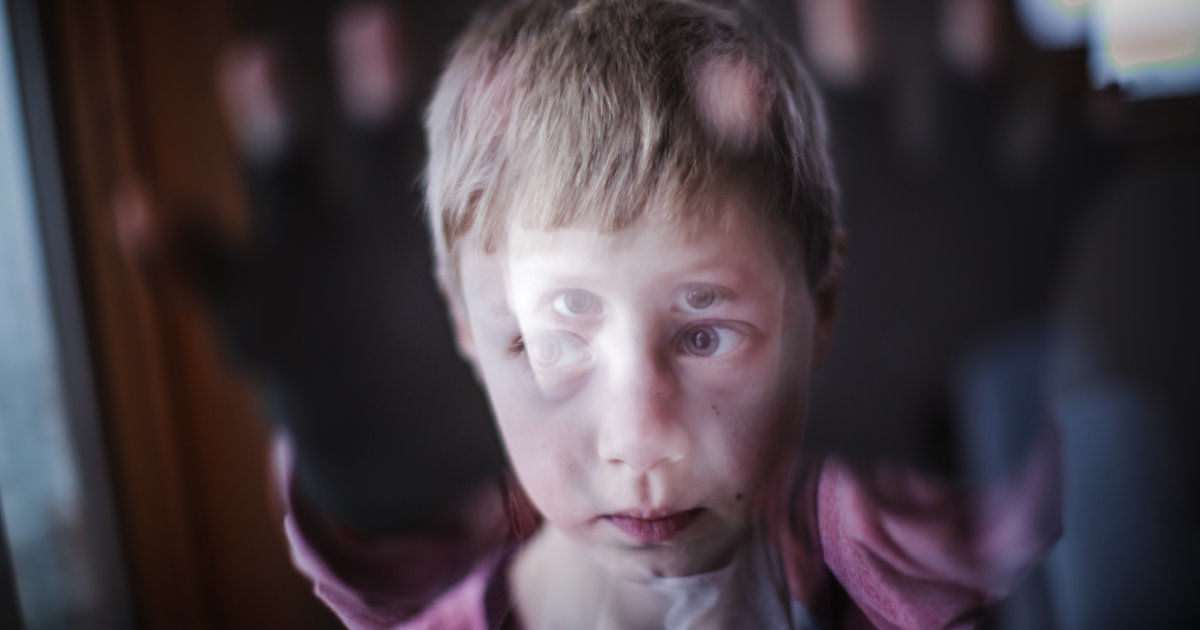Symptoms Of PANDAS
PANDAS refers to pediatric autoimmune neuropsychiatric disorders associated with streptococcus. The syndrome occurs when there are substantial changes in a child's movement, behavior, or personality following a strep infection, which is caused by the streptococcus bacteria. It's possible for these infections to be as minor as a sore throat or as major as scarlet fever or strep throat. These infections are contracted when another infected individual sneezes or coughs in the general vicinity or another person.
The vast majority of individuals affected by a strep infection end up making a complete recovery with little or no residual side effects. However, it's possible for children who have gone through one of these infections to display certain psychiatric and physical symptoms in the weeks following the infection. These symptoms will also substantially worsen in a very short period of two to three days before reaching their peak. The psychiatric symptoms associated with PANDAS typically require therapy.
Tics And Unusual Movements

Among the more common physical symptoms associated with PANDAS involves the display of tics and unusual movements with no other discernible cause. These movements are jerky and uncontrolled, which means they will occur without any kind of forewarning. Keep in mind PANDAS usually causes the affected child to start experiencing a number of these symptoms, which is why parents should look out for other signs on this list along with the tics. General tics are spasm-like movements that most commonly occur in the face and eyelids.
The movements will be short lasting and repetitive and will often occur during normal behavior. When it comes to tics, these movements aren't always involuntary. When a patient makes involuntary movements, this means they have no control over the movements. The tics associated with PANDAS can actually be suppressed for a short period, though the affected individual will likely feel the urge to perform the tic until they eventually do.
Auditory Or Visual Hallucinations

When a child is suffering from PANDAS, it's possible they will experience either auditory or visual hallucinations, the former of which is particularly common among children with this condition. Auditory hallucinations usually cause the individual to hear voices in their head they believe to be real at the moment they occur. The sounds may seem as though they are coming from outside or inside of the mind. When a patient is hearing things, it might seem like two individuals are talking to one another or the voices are telling the affected person they should do something.
Visual hallucinations result in someone seeing things that aren't actually there. For instance, the patient could see insects crawling on a wall. The hallucinations could also be very basic and centered instead around flashes of light or colored spots that didn't actually happen. While the main causes of auditory and visual hallucinations include Alzheimer's disease and schizophrenia, there are also times when PANDAS could be the cause, which is particularly true with children.
Obsessive And Compulsive Behaviors

If parents believe their child has developed a case of PANDAS following an infection, they may begin to exhibit obsessive and compulsive behaviors, which are common with obsessive-compulsive disorder. Obsessive behaviors usually involve persistent urges, obsessive thoughts, anxiety, and emotional distress. Examples include a fear of being contaminated, doubts about performing a simple action like turning off a light, thoughts pertaining to harming oneself or another individual, and a fear someone else is harming them.
Compulsive behaviors involve reacting to obsessive thoughts the patient believes they are unable to control. The affected individual could take several baths each day, count certain objects over and over, or follow a strict routine that can't be broken under any circumstance. It's also important to note psychological or emotional relief won't be felt when actually performing these actions. With a child affected by PANDAS, these behaviors will be sudden as opposed to the gradual nature that occurs with obsessive-compulsive disorder.
Frequent Mood Changes

Mood changes are entirely normal, which is why it's important for parents to avoid thinking their child is suffering from PANDAS because of a single sudden mood change. However, it's when these mood changes are frequent and without explanation that it's possible. These frequent mood changes will oftentimes display themselves as irritability and moodiness alongside laughing or crying in situations where it's inappropriate to do so. If the affected individual regularly switches from being extremely sad to very happy, it's likely there's an underlying cause.
The changes can also occur from minute to minute, which is a clear sign something is wrong. A few examples of frequent mood changes include wanting to suddenly harm themselves, being so excited that they find themselves unable to control their urges, and not being able to go to school or get out of bed because of the mood changes.
Frequent Bedwetting

Bedwetting results from being unable to control the bladder when sleeping at night. The difficult aspect of this symptom is to determine when it's normal and when it's a sign of a more problematic condition like PANDAS. For one, this frequent bedwetting will likely be accompanied by other symptoms on this list. It's common for children under seven years old to wet the bed occasionally, since the child is still learning how to develop their nighttime bladder control.
Parents with children under seven years old should take note of how frequent the bedwetting is. If they are wetting the bed multiple times each week, it's possible they are suffering from PANDAS. The same is true of children older than seven years old. PANDAS commonly occurs among children between three and twelve years old. If they've recently had a strep infection, frequent bedwetting is likely the result of PANDAS.
